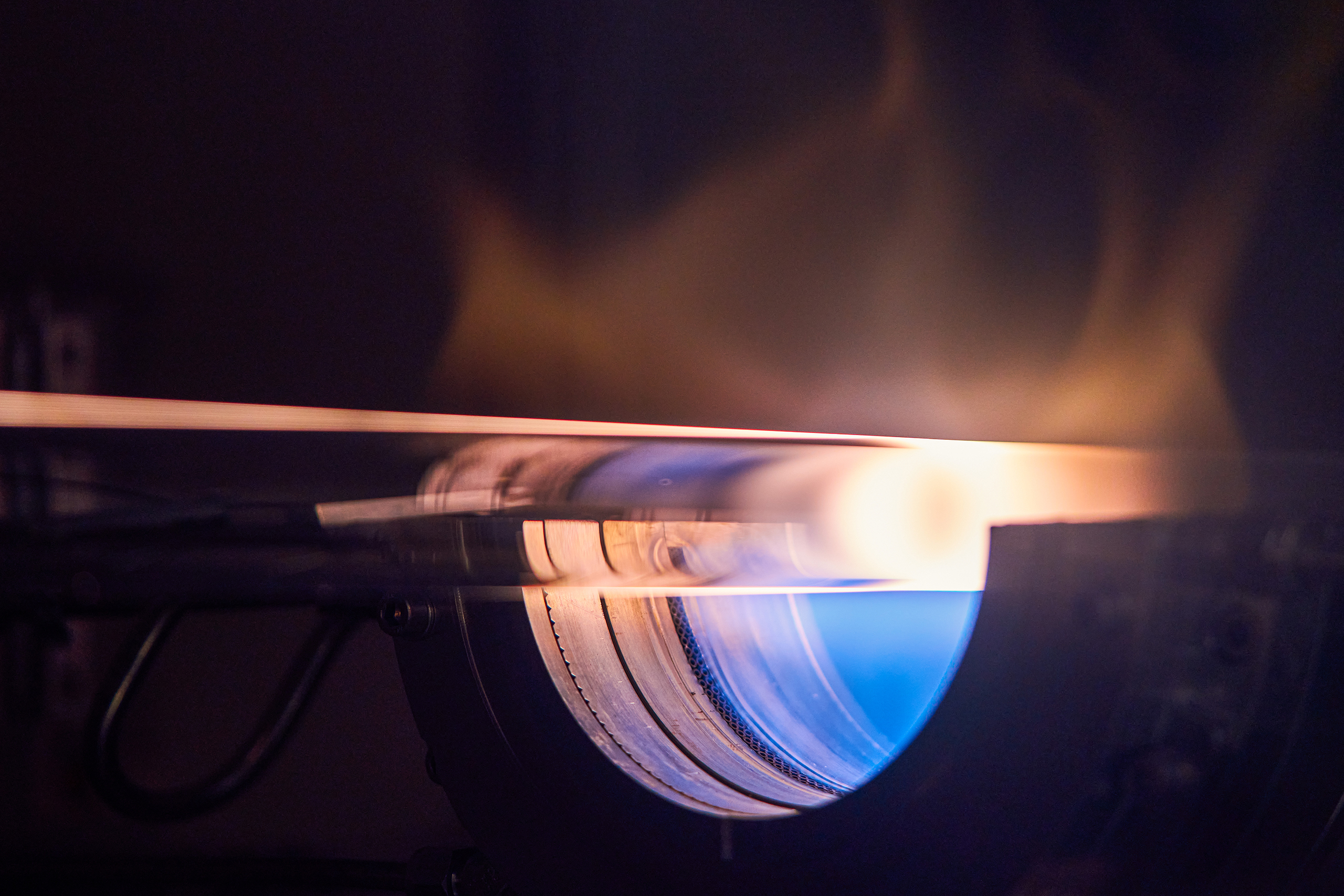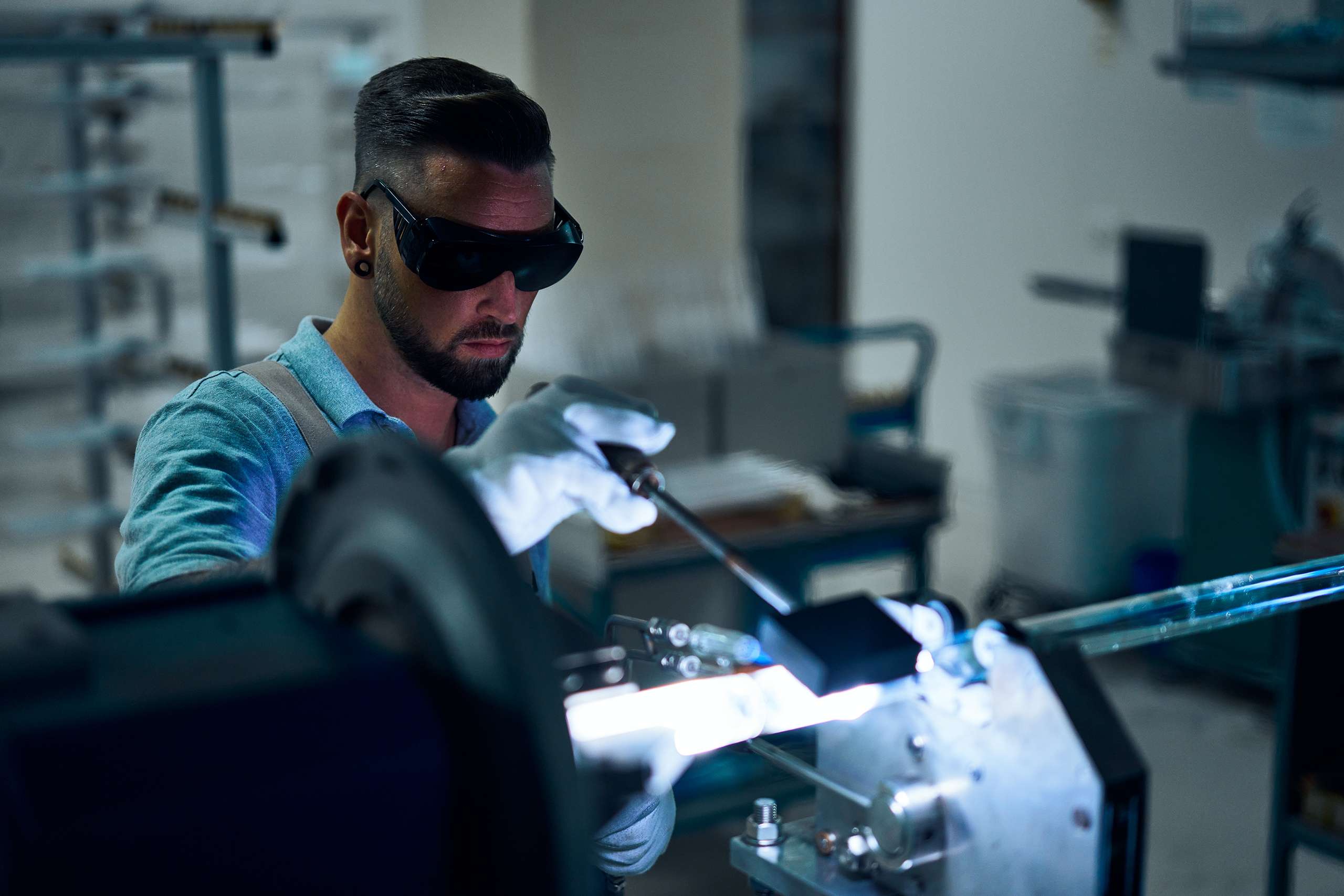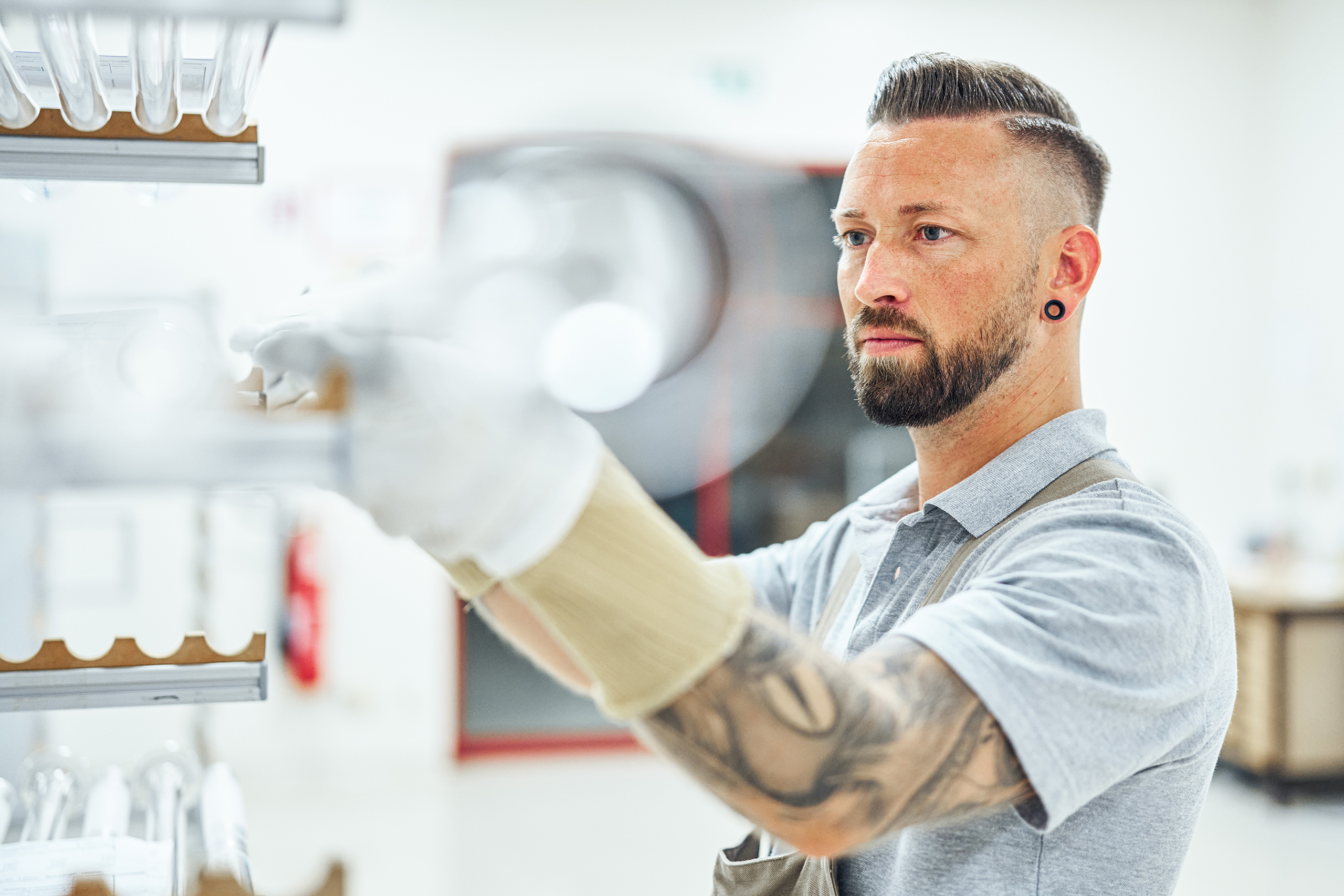Looking back on a long tradition at the Jena site
The production of glass fibers at the Jena site can look back on a long tradition. The development of preforms and optical glass fibers began at the Jena glassworks over 40 years ago. In 1994, these activities became an independent company, which today operates under the name j-fiber as one of the world’s leading specialists for multimode fibers for use in modern data centers.



